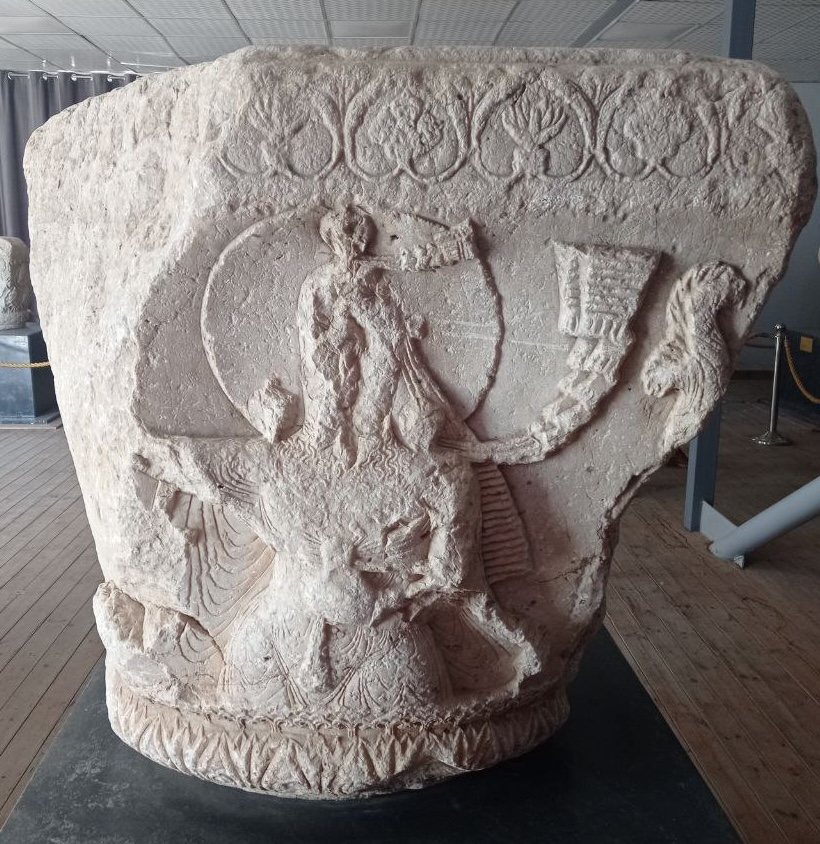Thread: Fragment of a vessel with wheat stalks and a procession of bulls in relief, Late Uruk–Jemdet Nasr, 3300–2900 BC, Southern Mesopotamia. Why bulls and grain? metmuseum.org/art/collection… 

Sumerian limestone bull cup with wheat stalks. Late Uruk–Jemdet Nasr, 3100–2900 BC, Southern Mesopotamia. Why bulls and grain? christies.com/lot/lot-a-sume… 

Steatite bowl with bulls in relief (5 cm. high). Found in a house of much later (Persian) times; dated stylistically to the Jemdet-Nasr period, 3100–2900 BC, Southern Mesopotamia. Why bulls and grain? classics.unc.edu 

Why bulls and grain? For the same reason sun god Shamash/Utu was depicted as a bull with a tail made of wheat... 

But this is the old Taurus, which has nothing to do with stars...It is an ancient animal calendar marker which marks the beginning of the calving of the wild Eurasian cattle. I talked about it in this thread:
https://twitter.com/serbiaireland/status/1402345084360724490
If you look at the Mesopotamian agricultural calendar, you will notice that that in Mesopotamia summer (Apr/May-Jul/Aug) started with grain harvest and ended with grain threshing and storage...
oldeuropeanculture.blogspot.com/2018/08/sickle…
oldeuropeanculture.blogspot.com/2020/03/seven-…

oldeuropeanculture.blogspot.com/2018/08/sickle…
oldeuropeanculture.blogspot.com/2020/03/seven-…


The grain collecting season, summer, which starts in Taurus, is symbolised by a bull, because both calving (begins in Apr/May) and mating (begins in Jul/Aug) of Wild Eurasian cattle takes place during the summer, May to August...
oldeuropeanculture.blogspot.com/2016/05/ram-an…
oldeuropeanculture.blogspot.com/2019/10/symbol…
oldeuropeanculture.blogspot.com/2016/05/ram-an…
oldeuropeanculture.blogspot.com/2019/10/symbol…

Which is why on the Late Uruk–Jemdet Nasr vessels we see bulls depicted with ripe grain...
Now check Hesiod and what his agricultural calendar has to say about grain...
oldeuropeanculture.blogspot.com/2020/06/hesiod…
Now check Hesiod and what his agricultural calendar has to say about grain...
oldeuropeanculture.blogspot.com/2020/06/hesiod…

A thread about threshing floors that you might find interesting if you have actually read this thread to the end 🙂
https://twitter.com/serbiaireland/status/1380556494022836225
• • •
Missing some Tweet in this thread? You can try to
force a refresh
























